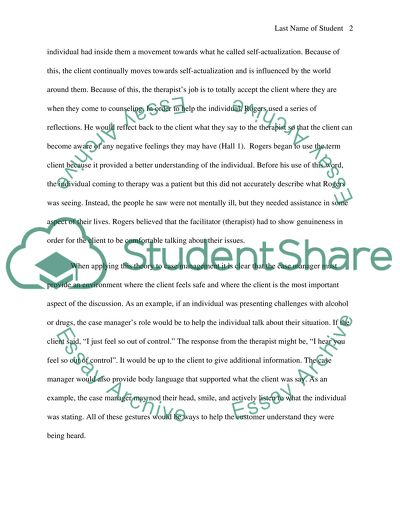Cite this document
(“Comparison of Three Counseling Theories Essay Example | Topics and Well Written Essays - 1250 words”, n.d.)
Comparison of Three Counseling Theories Essay Example | Topics and Well Written Essays - 1250 words. Retrieved from https://studentshare.org/psychology/1436876-counseling-theories
Comparison of Three Counseling Theories Essay Example | Topics and Well Written Essays - 1250 words. Retrieved from https://studentshare.org/psychology/1436876-counseling-theories
(Comparison of Three Counseling Theories Essay Example | Topics and Well Written Essays - 1250 Words)
Comparison of Three Counseling Theories Essay Example | Topics and Well Written Essays - 1250 Words. https://studentshare.org/psychology/1436876-counseling-theories.
Comparison of Three Counseling Theories Essay Example | Topics and Well Written Essays - 1250 Words. https://studentshare.org/psychology/1436876-counseling-theories.
“Comparison of Three Counseling Theories Essay Example | Topics and Well Written Essays - 1250 Words”, n.d. https://studentshare.org/psychology/1436876-counseling-theories.


